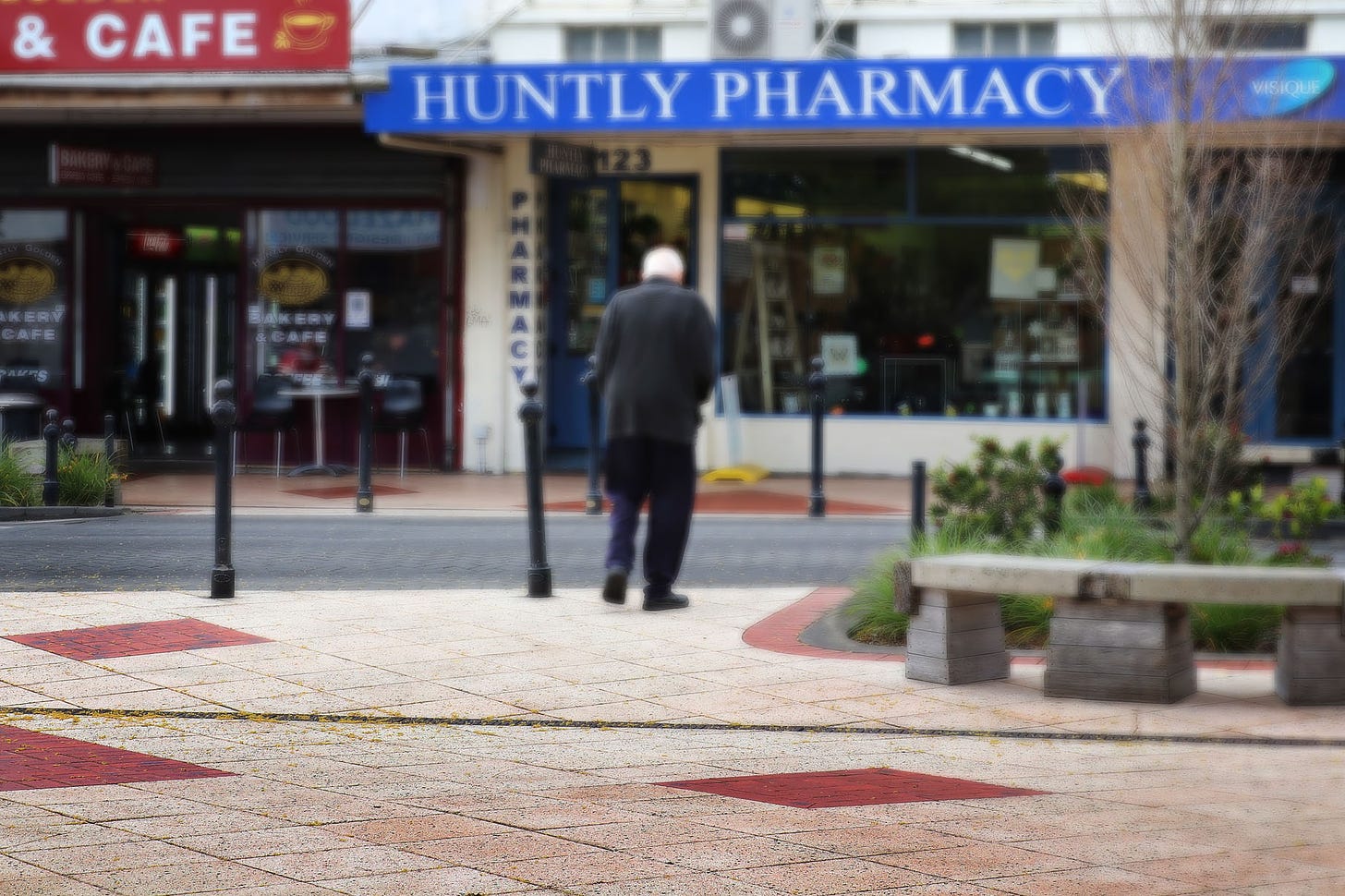
Kia ora. Long stories short, here’s my top six things to note in Aotearoa’s political economy around housing, climate and poverty on Monday, September 14:
The National/ACT/NZ First Government is considering shunting elderly patients out of hospitals and lifting thresholds for entry to try to ‘free up’ 200,000 bed-nights in a drive to save $1.4 billion.
In scoop of the day, Climate Change Minister Simon Watts is considering removing the public sector’s goal of carbon neutrality by 2025.
In deep-dive of the day, Simeon Brown removed car emissions standards early to meet an industry deadline, bulldozing over advice it would worsen emissions.
In solutions news, new research from New Zealand data finds upzoning can improve residential construction productivity.
In quote of the day, Matthew Maltman says ‘upzoning can both legalize new construction and improve building efficiency, addressing multiple aspects of our housing affordability challenge.’
In chart of the day, Auckland upzoning of 2016 and an easing of rules for the Christchurch rebuild helped NZ’s building sector productivity beat Australia’s.
(There is more detail, analysis and links to documents below the paywall fold and in the podcast above for paying subscribers.)
1. Reti wants to ‘free up’ 200,000 bed-nights per year
Costello eyes raising ‘fragility level’ for entry into aged-care
The $1.4 billion in savings demanded of Te Whatu Ora Health NZ Commissioner Lester Levy will have to come from somewhere. Now we are starting to understand what that means, in particular for sick, elderly people after operations.
Here’s RNZ’s reporting from Friday night:
RNZ has seen internal Te Whatu Ora documents detailing options to raise the "fragility level" for entry into aged care, and to remove some levels of in-home support, such as housework, meal preparation and shopping for people with mobility problems or recovering from illness.
However, Costello said nothing had been presented to her, as it was "still in the review stage".
"The commentary that's come out just isn't accurate... there is no decision been made, there is no suggestion that we want to pull back from funding."
Costello said one option under consideration was to contract the residential care sector to supply "recovery beds" for people who would often be stuck in hospital after an accident or illness because there was nowhere for them to go.
"Hospital is often not the right place for them, it's an acute care facility and it can't provide a rehabilitative process.
"We want them to have options for care outside hospital." Minister for Seniors Casey Costello in a Nine to Noon interview. RNZ’s
Here’s the key metric that is powering this sort of activity:
RNZ understands Health Minister Shane Reti has directed Health NZ to "free up" 200,000 bed nights a year RNZ’s
2. Scoop of the day
Climate: Government considers removing public sector carbon neutrality goal RNZ’s Kate Green
3. Deep Dive of the day
Climate Simeon Brown pushed emissions standards to meet industry's deadline RNZ’s Eloise Gibson.
4. Solutions news
Upzoning is doubly good
Sydney-based economist Matthew Maltman published a piece over at his blog OneFinalEffort on Saturday about how construction productivity improved in Auckland and Christchurch after the Auckland Unitary Plan (AUP) upzoning of 2016 and earthquake rebuilds respectively. Importantly, productivity in these two cities improved relative to both New Zealand and Australia.
He’s not jumping to any conclusions, but it appears the upzoning may have worked to both increase housing supply and lift house-building productivity, the holy grails in our economy.
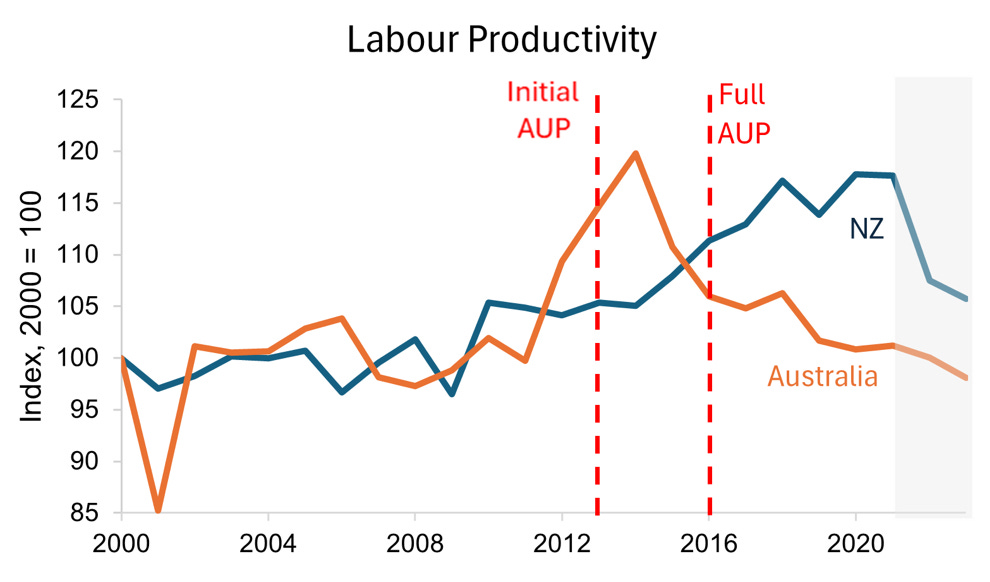
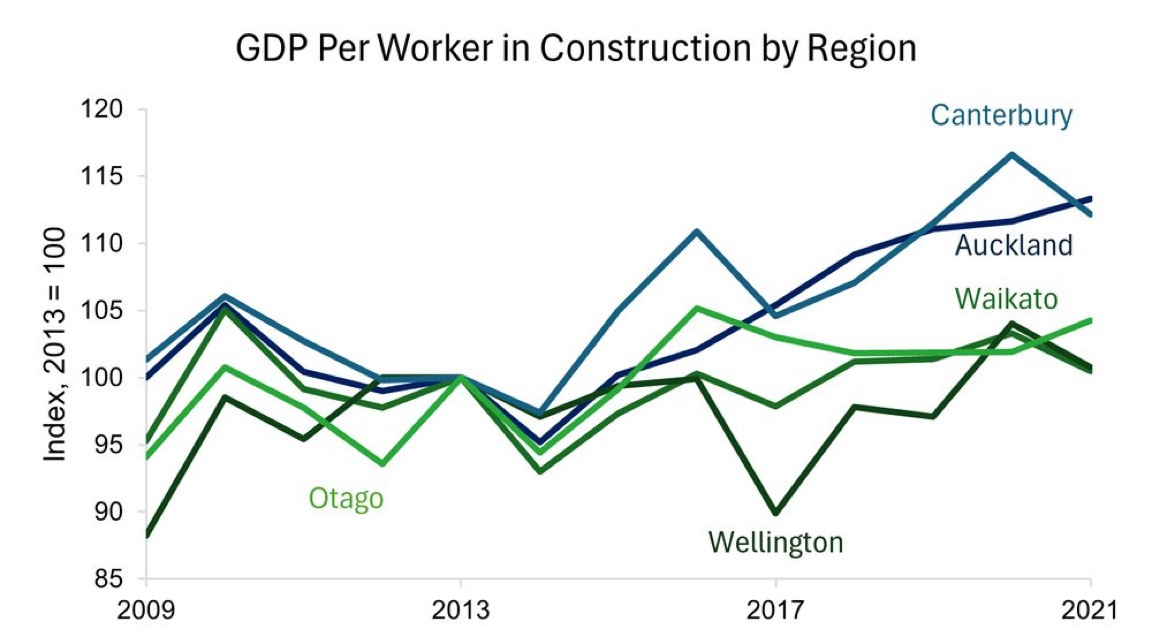
But why and how could upzoning improve productivity?
Here’s Matthew:
“The legalisation of the "missing middle" housing market may have created opportunities for smaller firms to enter the market and compete. Firms may need large amounts of capital to compete in the high-density market (e.g., needing cranes), and large amounts of land to compete in the low-density market. The “missing middle” requires neither of these. The smaller scale of projects may also have allowed for less overhead or more efficient construction techniques.
“(Also) there may be gains from a reduction in bureaucracy and red tape. "As-of-right" zoning could reduce uncertainties and delays from planning decisions. Firms may need fewer staff to navigate government processes. It may also allow firms to manage and time their capital more efficiently. Moreover, a shift from greenfield to infill may have eliminated the need to coordinate construction with infrastructure development.” Matthew Maltman
5. Quote of the day
“Zoning reform can improve residential construction productivity. A common critique of upzoning is that it is only a partial solution and might not be useful in a tight construction market. It is argued that in poor macroeconomic conditions the construction sector may not be able to scale up sufficiently to meet demand. However, if upzoning can both legalize new construction and improve the efficiency with which it is carried out, it could address multiple aspects of our housing affordability challenge.” Matthew Maltman via OneFinalEffort
6. Chart of the day
The tragedy of Wellington City’s stall since 2010 writ large
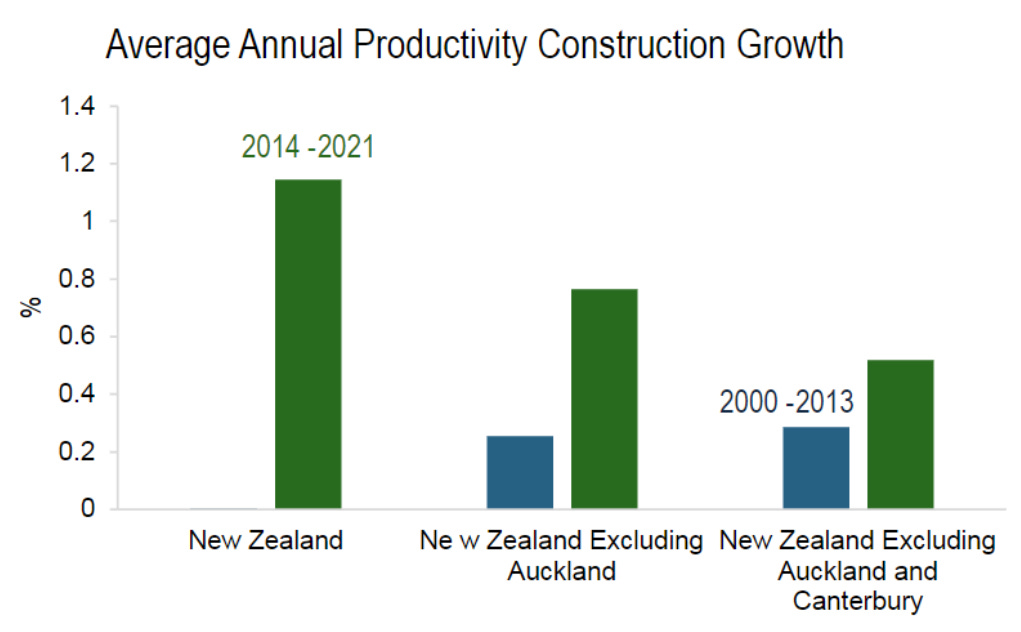
The Kākā’s Journal of Record for Monday, September 16
Te Tiriti: Minister for the Public Service Nicola Willis announced new policy directives to prevent Government contracts from being awarded on the basis of "ethnic identity or other forms of personal identity". Labour said the targets now being scrapped allowed Māori businesses to compete in an environment dominated by "a small number of large, established, and well-resourced businesses".
Economy: A report produced for the Property Council found that the property industry is now the largest in NZ, doubling its share of NZ’s total GDP since 2012 to 15%. By comparison, the report found manufacturing accounted for 10% of GDP, healthcare and social assistance for 7%, and agriculture, forestry, and fishing for 6%. BusinessDesk
Employment: Workplace Relations and Safety Minister Brooke van Velden announced (link not up yet) that businesses will be given an additional set of criteria to determine whether someone is a contractor, under upcoming changes to the Employment Relations Act. The NZCTU said the changes will lead to more workers being misclassified as contractors and denied annual leave and holiday pay.
Environment: Resources Minister Shane Jones announced a draft list which would categorise 35 minerals as being "essential to economic functions" and enable the Government to take action to facilitate exploration, mining or quarrying. Aggregate & Quarry Association CEO Wayne Scott welcomed the Critical Minerals List, Straterra CEO Josie Vidal called it a "big step forward" for the mining industry.
Poverty: The Child Poverty Action Group urged the Government to adopt its suite of policy recommendations, following the Ministry of Social Development's finding that NZ children are more likely to go without essentials than children in most EU nations. CPAG recommends main benefits be increased to cover housing costs for people in the least expensive housing regions, while the Accommodation Supplement should only be used in high-cost areas.
Climate: University of Tübingen researchers developed a method to produce a yeast rich in folate and protein from microbes fed on carbon dioxide. The researchers will next investigate the safety of the technology and how it might be scaled up and commercialised.
Cartoon of the day
Fertiliser application
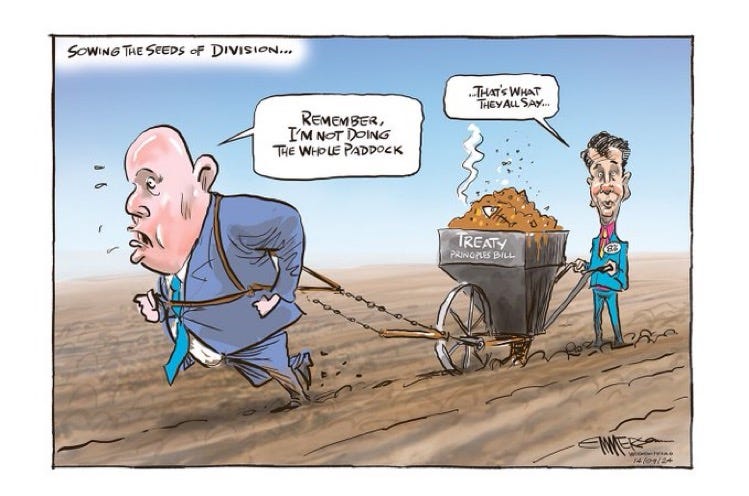
Timeline cleansing nature pic of the day
Beautiful decay
Ka kite ano
Bernard








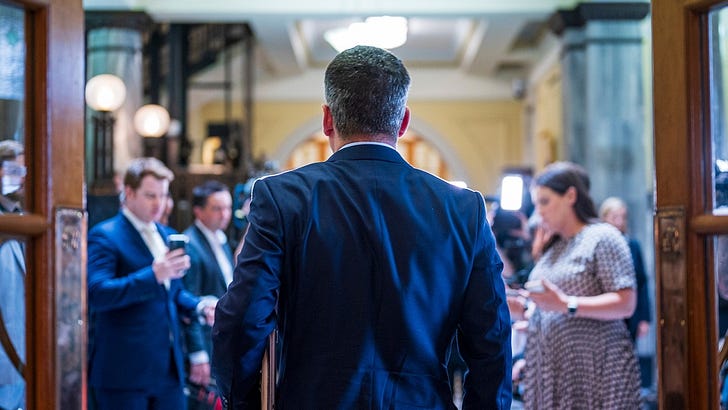

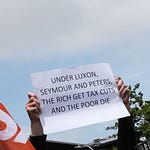
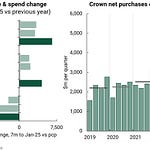
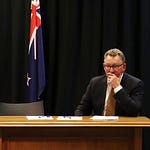



Share this post